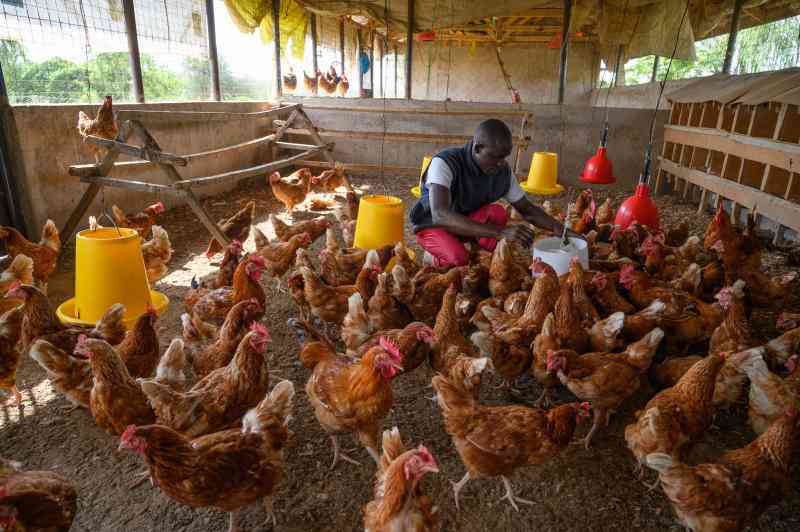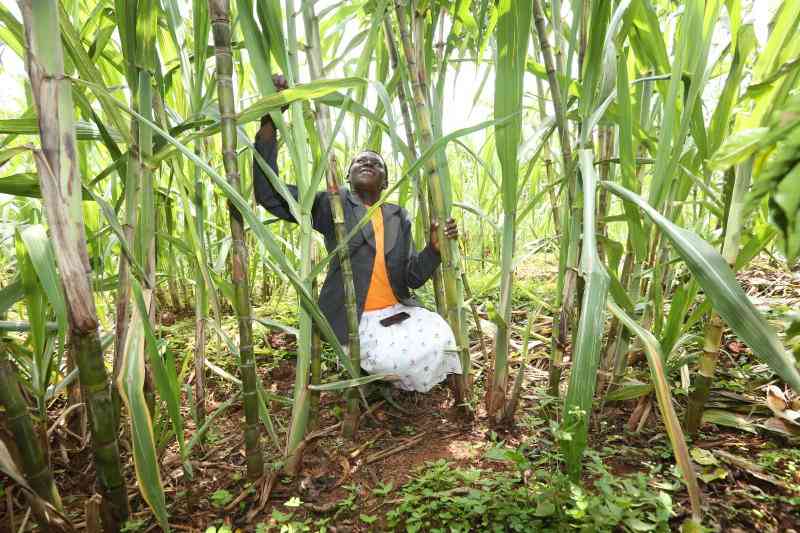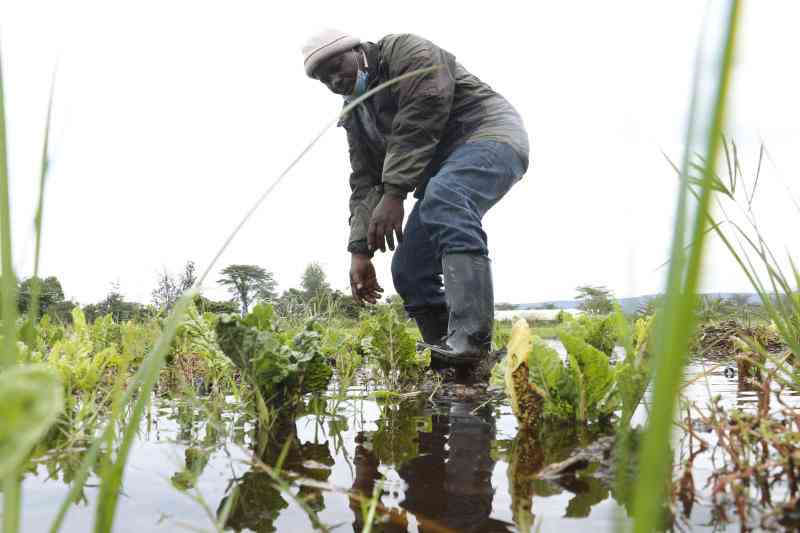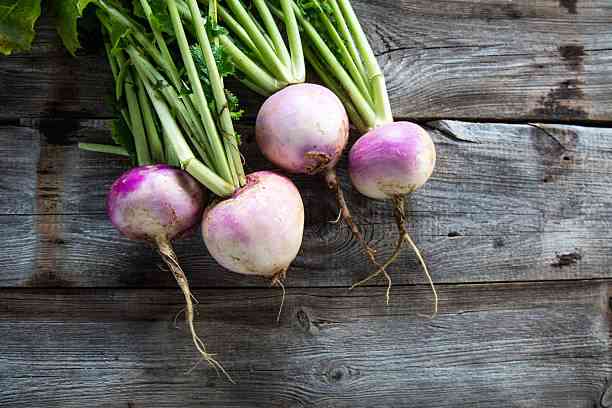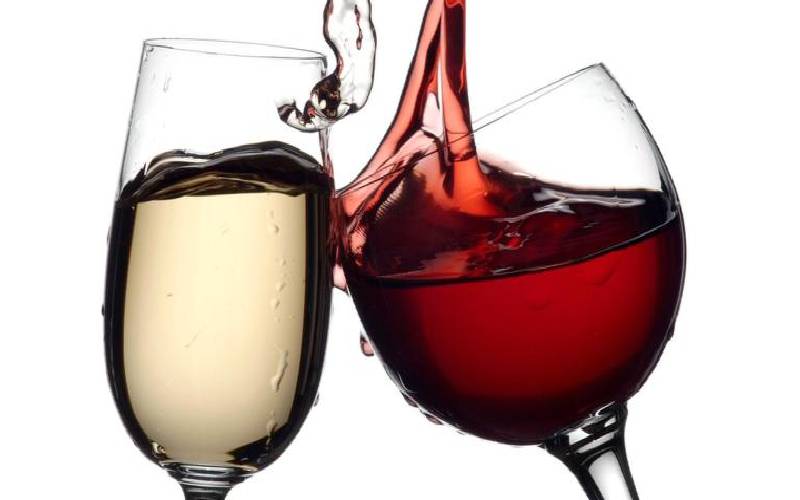
‘Fine wine is made in the vineyard’. This is an often quote in wine industry and the best growers and vineyards are dedicated to this truth. The development and management of a vineyard is not rocket science; grapevines will grow just about anywhere and, once established, are actually difficult to kill. All the same, to produce a grape with potential to make fine wine requires a specific set of skills, knowledge and financial wherewithal.
Site selection
The single most important decision a grape farmer makes is site selection. The special and specific characteristics of the site, primarily soil and climate, will determine quality of the wine. Site selection is a combination of science, art and intuition. When experienced eyes see a vineyard site for the first time, they can almost taste the wine that will come from it.
Best grapes
Best grapes come from soils that are well drained and have a low water holding capacity. Steep slopes are an additional plus. Once these critical decisions are made and the vineyard planted, the difference between good wine and great wine is often the ability of a grower to execute good canopy management-the manipulation of shoots, leaves and clusters in a way that enhances sunlight interception, canopy drying, and most importantly, wine quality. If a vineyard planting is well thought out and the vines are naturally in balance with their environment, canopy management work is greatly reduced.
Quality of vine materials is also key to a successful vineyard. The long-term productivity and quality of your vineyard depends on the quality of the vine materials you use. Procuring the best plant materials is not an easy task, especially if you are looking for unusual clones and rootstocks. To begin with, it may be hard to tell whether a vine is healthy or not. As with soil, what is not visible can be extremely important. In grapevines a complex of virus and fungal diseases can affect the woody parts of plants and they are often propagated and disseminated in grape nursery stock. Buy materials from certified suppliers.
Spray coverage
There are four basic vineyard tasks that can make or break wine quality. First is shoot thinning. This involves reduction of young and tender shoots to about two per canopy foot. This opens the canopy hence controlling yields. Second is shoot positioning. In order to have an airy open canopy, separate and tie shoots so that they are uniformly spaced. Third is leaf and lateral pulling. Just after flowering remove leaves and lateral shoots from around the clusters. This allows for better drying and spray coverage. Forth is cluster thinning. Involves removal of young clusters to a level that will give wine concentration and terroir. These canopy management techniques are used by the best growers world-wide.
Knowing a field’s history can help to predict its future. Was it in pasture for decades? If so, years of manure accumulation will have had an impact on its soil chemistry. Like nitrogen, organic matter should be balance, usually in the moderate range, from 2 per cent to 3 per cent. The goal is to have sufficient mineral nutrition to maintain a healthy vine, but not so much that you end up with a big vine. Seek out specific and viticulture-based recommendations for soil amendments.
[The writer is an expert on sustainable agriculture]
Want to get latest farming tips and videos?
Join Us
 The Standard Group Plc is a multi-media organization
with investments in media platforms spanning newspaper print operations,
television, radio broadcasting, digital and online services. The Standard Group
is recognized as a leading multi-media house in Kenya with a key influence in
matters of national and international interest.
The Standard Group Plc is a multi-media organization
with investments in media platforms spanning newspaper print operations,
television, radio broadcasting, digital and online services. The Standard Group
is recognized as a leading multi-media house in Kenya with a key influence in
matters of national and international interest.
 The Standard Group Plc is a multi-media organization
with investments in media platforms spanning newspaper print operations,
television, radio broadcasting, digital and online services. The Standard Group
is recognized as a leading multi-media house in Kenya with a key influence in
matters of national and international interest.
The Standard Group Plc is a multi-media organization
with investments in media platforms spanning newspaper print operations,
television, radio broadcasting, digital and online services. The Standard Group
is recognized as a leading multi-media house in Kenya with a key influence in
matters of national and international interest.


